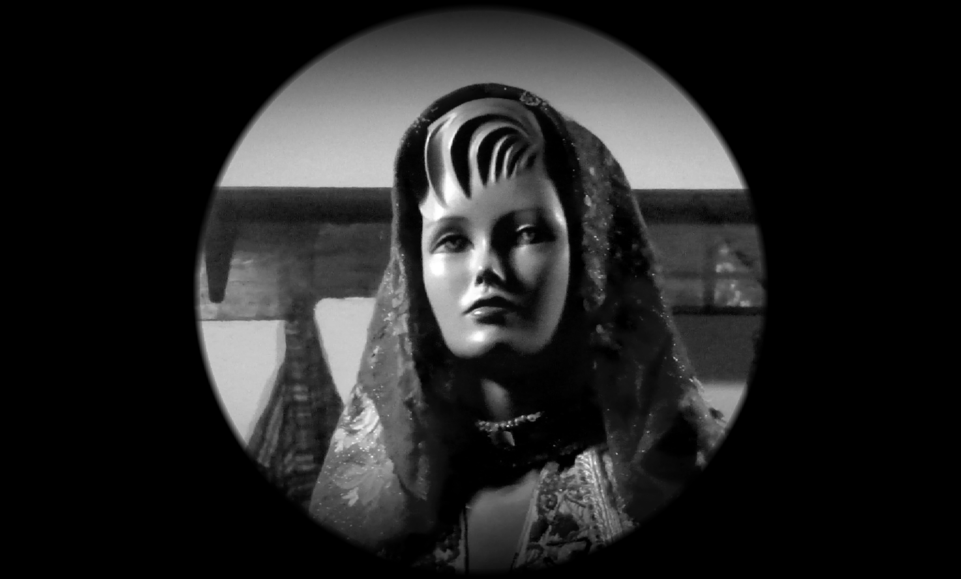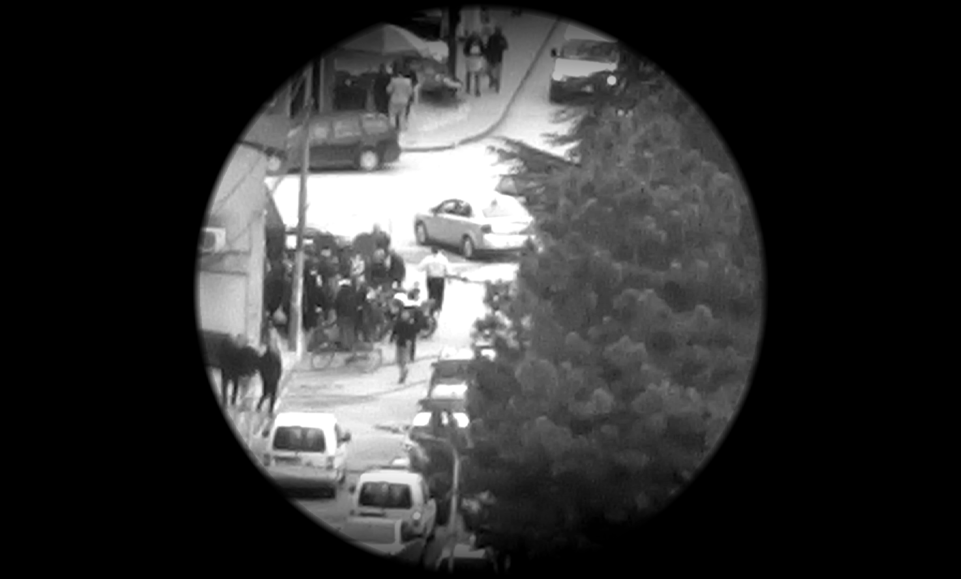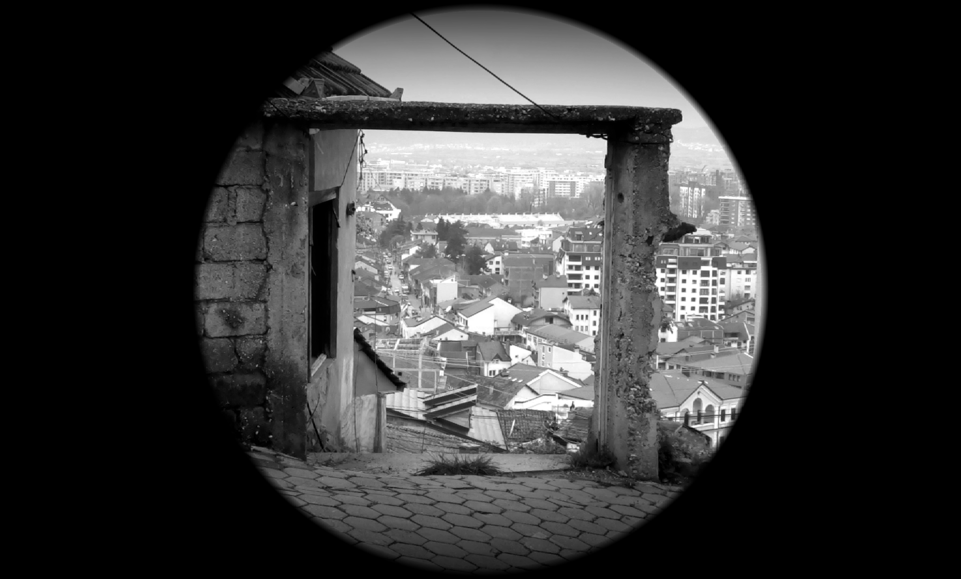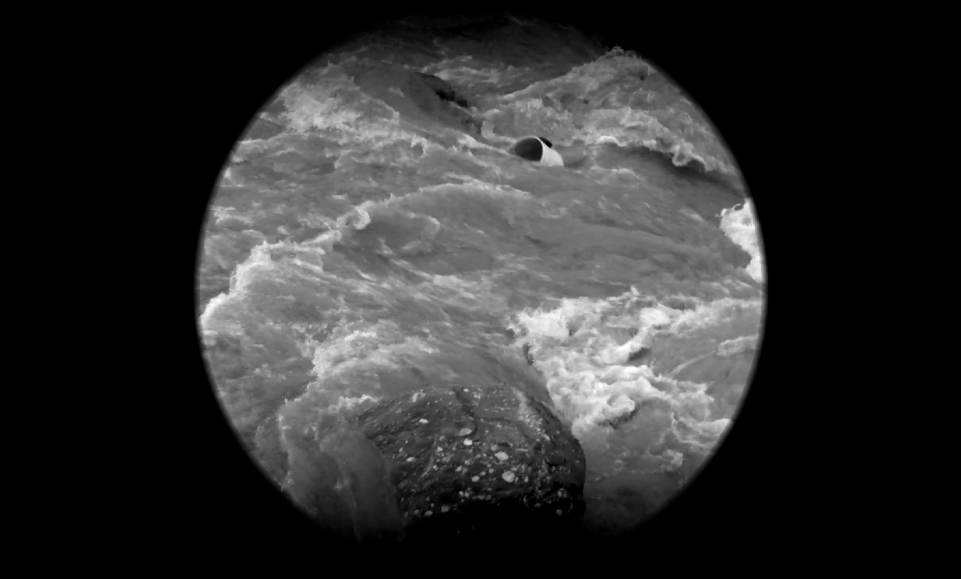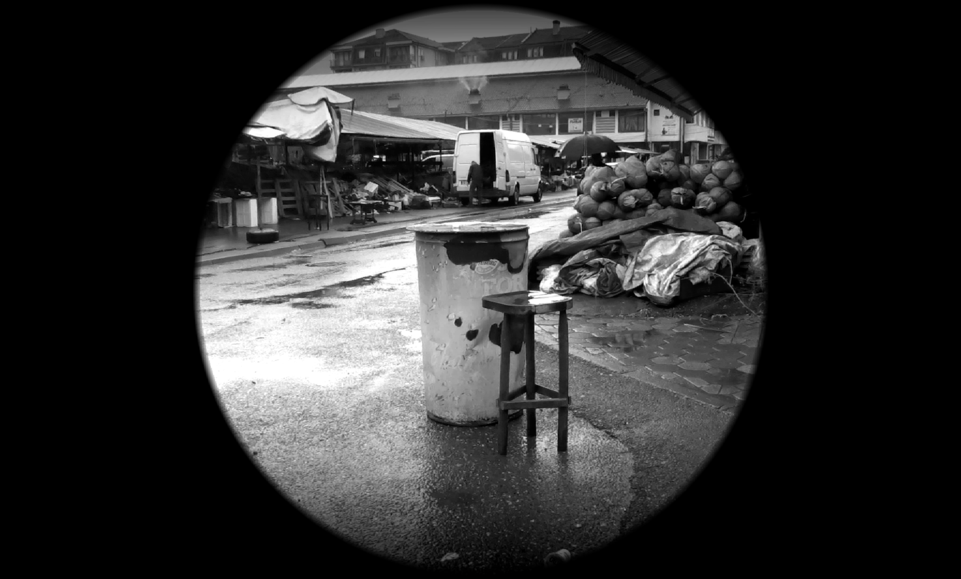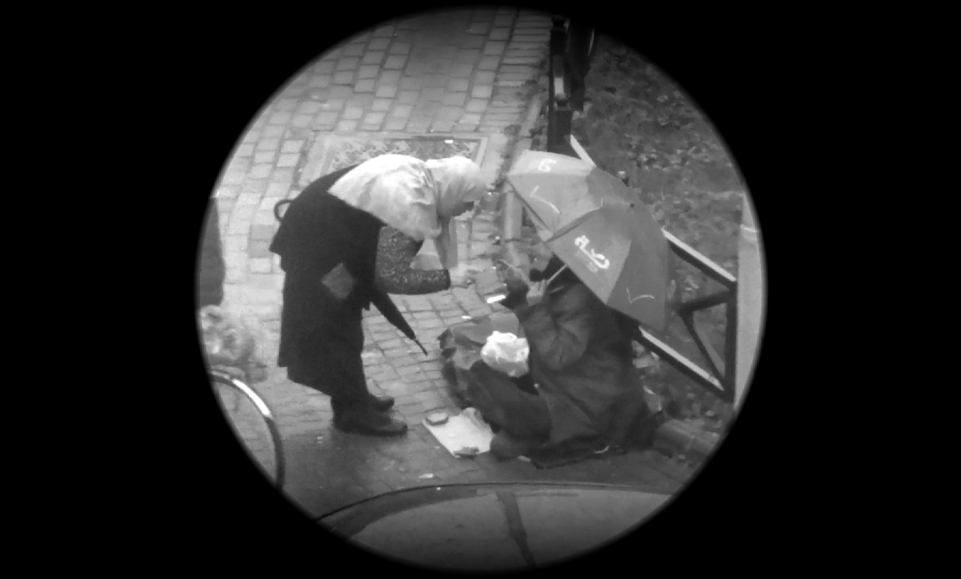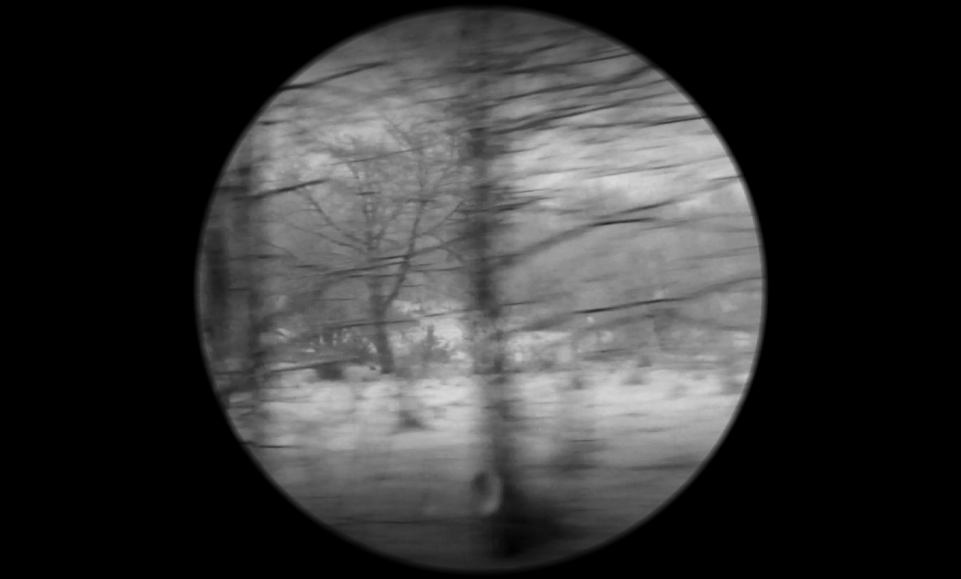Prizren Report, 1
Francisco Tomsich
Our first days in Prizren were rich in encounters, re-encounters and meetings. To me, it all meant to start diving again in the paradoxical and challenging culture sphere of Kosovo, "pregnant", as Sezgin Boynik wrote paraphrasing Barthes in an analysis of Srđan Karanović's A Film With No Name (1988) "'with images of social gestures' in which a "whole social situation can be read". It's not my first time here, but it's the first time I have another kind of time here, time to walk around at my own pace, with something to do in mind without being constrained by too much knowledge: discovering, more than researching; learning, more than understanding. As I wrote in the intention letter I sent to the OPE.N open call, I perceive Kosovo in general, and Prizren in particular, as a place where "historical forces clash and are being renewed, catalyzed and challenged by a series of different, even contradictory notions of present and sometimes difficult to articulate models of future." These considerations configure my intuitions (the ones becoming images and words) but also my consideration of, and respect for, the cultural institutions and associations we encounter, visit and get to know, starting with Lumbardhi Foundation itself, the local partner of the OPE.N project and our hosting institution. On the first days of our stay (we are four residents, two from Croatia and two from Slovenia), Lumbardhi organized a series of meetings with local cultural workers, both formally and informally. A visit to a collective radio and DIY-music-space project (@kolektiv.rks) lead to an encounter with a local artist, Somer Şpat, which lead to an offer of a shared studio which lead to a sui generis exhibition space which lead to the configuration (even if not yet articulation) of an sculpture-based project to be produced in the residency's framework. Drinking coffee at Lumbardhi’s lead to an encounter with a woman whose face immediately and somehow cryptically reminded me of some other woman from Belgrade, who happened to have strong ties with Prizren and who appears in a video artwork of mine from 2019; the whole constellation is articulating another video work produced here in Prizren in the context of the residency. A composition of fragments, signed by the choreographies of public pedestrian life, half-built (or half-demolished) architectures, improvised wood structures which fulfill enigmatic functions, artificial faces. Some frames from the working process on this piece (which arise from my Prizren video diaries) accompany this report.
On Friday 21.3, I had the opportunity of offering an artist'talk to a very attentive audience at Lumbardhi's foyer, where the organization also produces, on Wednesdays, a program of film screenings dealing with current topics and significant geographies. Those screenings are attended by a considerable number of persons (for local standards), and provide, from my point of view, a very necessary space- and time-frame of intimate film-based social encounter. Prizren is a on old, proud and quite traditional city, where social gathering (politics) are traversed by many layers of convention. The institutional cultural sphere, understood as a set of organizations working in collaboration with public institutions on a clear common ground and with similar mid- and long-term goals is almost non-existent. This is why non-formal association of artists and cultural workers have such a vital importance (specially among young people) and this is why they also carry such a burden, sometimes working on the edge of acceptance and under constant threat of non-functionality, as we were told when visiting Sekhmet Institute (@projectspace.sekhmet), a Prishtina-based organization of people devoted to "empowering queer voices in Kosovo and beyond" who offered us one of the warmest encounters I experienced in Kosovo so far.
After almost two weeks, I noticed that I have found an ecosystem, a network of people to work and talk with and a set of public, half-public and institutional spaces providing the cultural and social foundations of a productive interaction and the framework to develop my artistic practice as at home. From my experience, this is something not easy to achieve, and I have to thank for that not only our hosts from Lumbardhi and old and new local friends, but also the group of residents from the OPE.N project who accompany and support me here, Una Štalcar-Furač, Antonela Solenički and Maja Bojanić.
